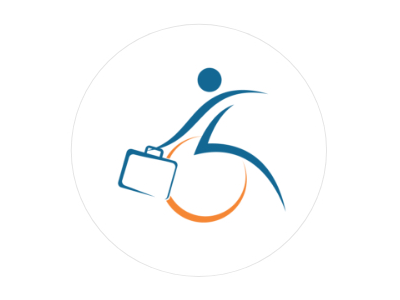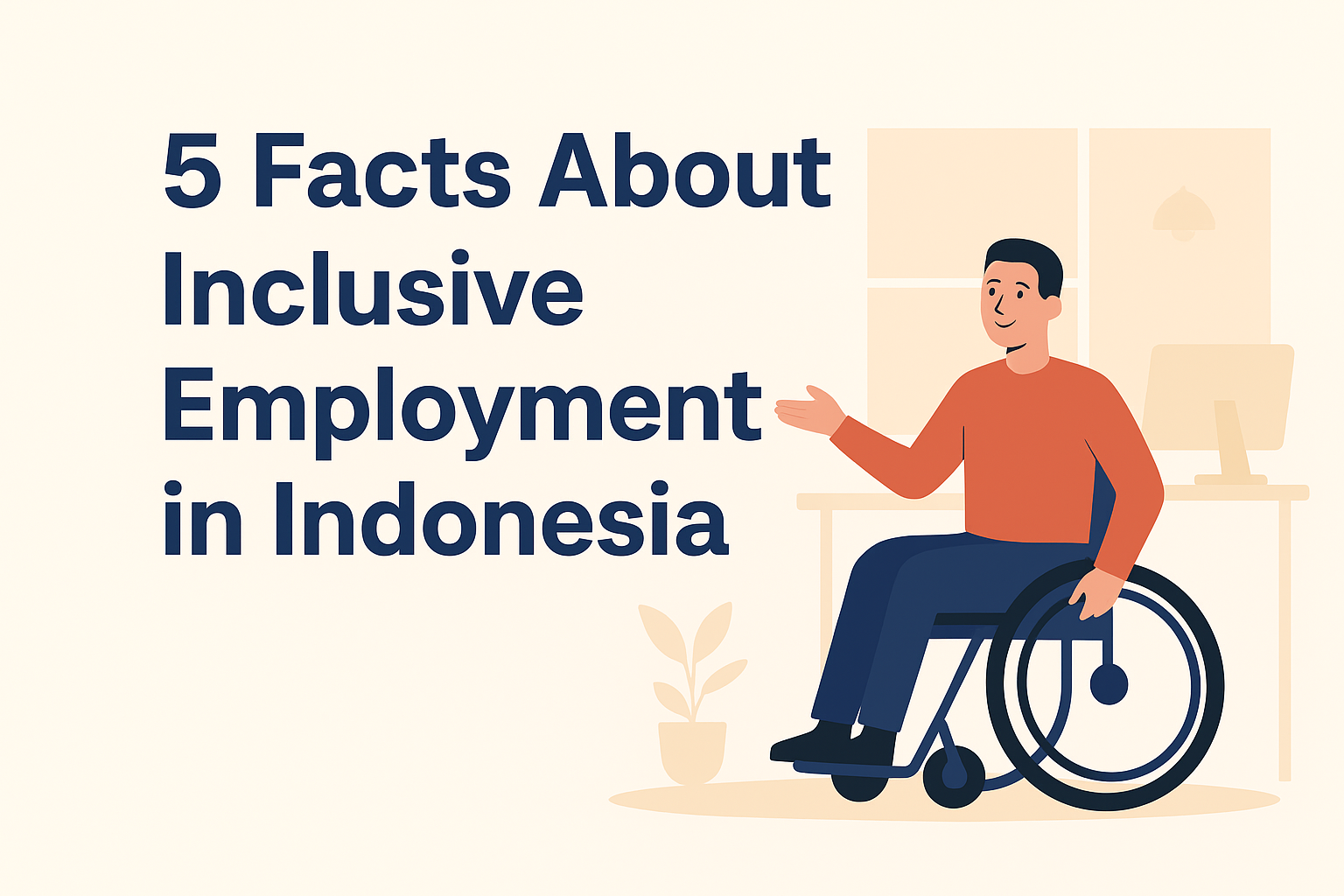Pernah nggak sih kamu atau tim HR di kantormu punya asumsi duluan tentang pelamar kerja penyandang disabilitas sebelum rekrutmen dimulai?
Misalnya, “Ah, nanti dia nggak bisa kerja di lapangan,” atau “Kayaknya bakal repot kalau punya karyawan Disabilitas.”
Nah, Sobat, tanpa disadari, pendapat yang demikian bisa menutup kesempatan bagi banyak talenta berbakat yang sebenarnya punya kemampuan luar biasa!
Padahal, proses rekrutmen yang adil seharusnya menilai seseorang dari kompetensinya, bukan dari kondisi fisik atau latar belakangnya.
Karena di balik setiap disabilitas, ada potensi, semangat, dan kreativitas yang kadang justru jauh melampaui dugaan kita.
💔 Kalau kita berasumsi duluan, dampaknya bagi penyandang disabilitas, sungguh tidak baik lho!
- Kehilangan kesempatan untuk menunjukkan kemampuan.
Banyak pelamar disabilitas tidak bisa sampai ke tahap wawancara karena sudah tersaring lebih dulu oleh asumsi. Padahal, mereka bisa saja kandidat terbaik untuk posisi itu.
Akhirnya, mereka kehilangan peluang bukan karena tidak mampu — tapi karena tidak pernah diberi kesempatan membuktikan diri. - Menurunnya rasa percaya diri.
Ditolak karena asumsi, bukan karena kemampuan, membuat Penyandang Disabilitas merasa tidak dianggap layak hanya karena perbedaan fisik atau sensorik.
Lama-lama, ini bisa menimbulkan rasa ragu terhadap kemampuan diri sendiri, bahkan trauma untuk melamar kerja lagi. - Perasaan tidak adil dan Merasa tersisih dari masyarakat.
Setiap kali pintu pekerjaan tertutup karena stigma, penyandang disabilitas merasa makin jauh dari partisipasi masyarakat yang seharusnya inklusif. Mereka bisa merasa tidak diinginkan atau “berbeda” dari yang lain — padahal yang mereka butuhkan hanyalah kesempatan yang setara. - Terhambatnya kemandirian ekonomi.
Ketika akses kerja dibatasi oleh penyedia kerja, otomatis kesempatan untuk mandiri secara ekonomi juga ikut terhambat. Banyak penyandang disabilitas akhirnya sulit berkembang atau tetap bergantung pada keluarga, bukan karena tidak bisa bekerja, tapi karena tidak diberi kesempatan untuk bekerja. - Dampak pada kesehatan mental.
Rasa ditolak dan diabaikan berulang kali bisa menimbulkan stres, cemas, bahkan depresi. Bayangkan bagaimana rasanya terus berjuang keras, tapi selalu dianggap tidak mampu hanya karena Disabilitas. - Potensi besar yang terpendam dan tidak berkembang.
Banyak penyandang disabilitas memiliki keahlian, dedikasi, dan semangat belajar yang tinggi. Tapi jika dunia kerja tertutup bagi mereka, potensi itu tak pernah tumbuh — dan dunia kerja pun kehilangan talenta hebat yang bisa membawa warna baru. Bahkan, kemampuan yang awalnya dimiliki sangat bagus malah menjadi menurun karena tidak digunakan.
Sobat DNetwork, setiap kali kita berasumsi sebelum mencari tahu, tanpa kita sadari kita sedang menutup pintu bagi seseorang yang sebenarnya luar biasa.
Penyandang disabilitas tidak butuh belas kasihan — mereka butuh kesempatan yang adil untuk membuktikan kemampuan mereka.
Karena inklusi sejati dimulai dari pikiran yang terbuka, hati yang mau memahami, dan keberanian untuk memberi ruang bagi semua. 🌻
#DNetwork #KerjaInklusif #DisabilitasBisa #TanpaAsumsi #PeluangSetara #InklusiUntukSemua





























